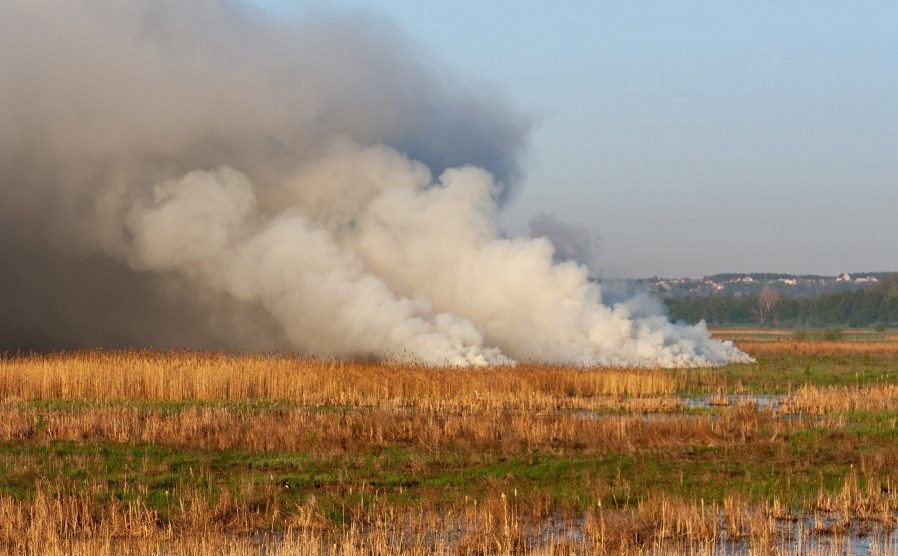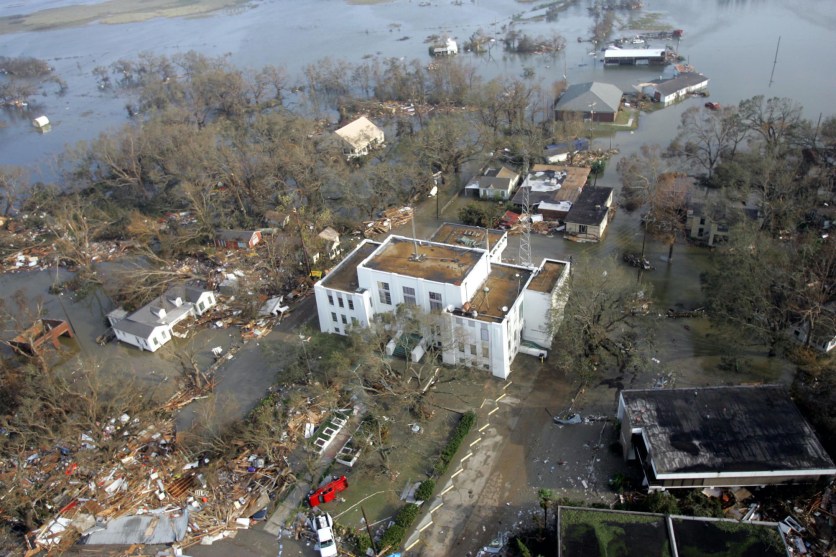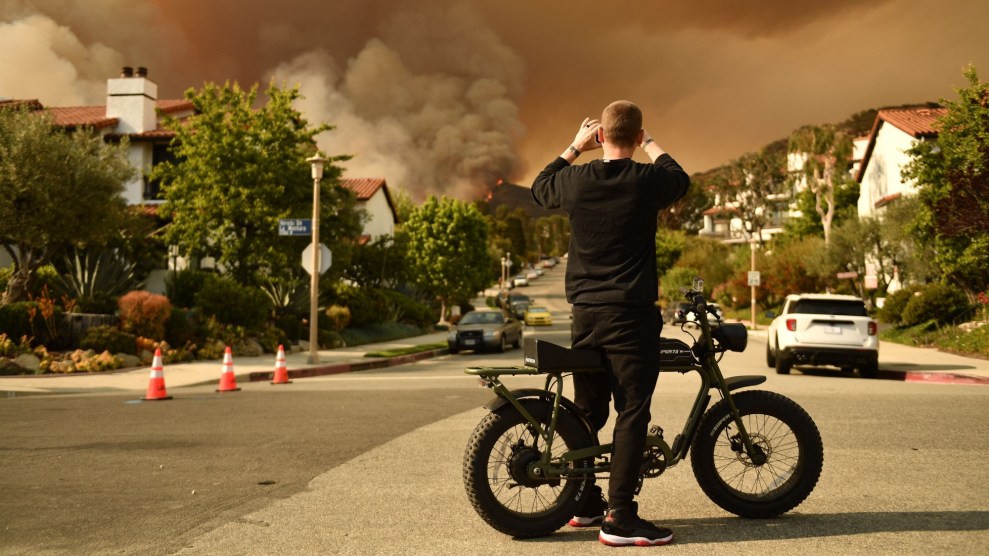
Peat fires will get more frequent with hotter summers and melting ice.Khosrork/iStock/Getty Images
This story was originally published by Wired and is reproduced here as part of the Climate Desk collaboration.
Each winter, as snow blankets Alaska and northern Canada, the wildfires of the summer extinguish, and calm prevails—at least on the surface. Beneath all that white serenity, some of those fires actually continue smoldering underground, chewing through carbon-rich peat, biding their time. When spring arrives and the chilly landscape defrosts, these “overwintering” fires pop up from below—that’s why scientists call them zombie fires.
Now, a new analysis in the journal Nature quantifies their extent for the first time, and shows what conditions are most likely to make the fires reanimate. Using satellite data and reports from the ground, researchers developed an algorithm that could detect where over a decade’s worth of fires—dozens in total—burned in Alaska and Canada’s Northwest Territories, snowed over, and ignited again in the spring. Basically, they correlated burn scars with nearby areas where a new fire ignited later on. (They ruled out cases that could have coincided with a lightning storm, as well as ones close enough to people to have been caused by an accidental ignition.) They calculated that between 2002 and 2018, overwintering fires were responsible for 0.8 percent of the total burned area in these lands. That sounds small, but one year stood out: 2008, when a single zombie fire was actually responsible for charring 38 percent of the total burned area.
That kind of outbreak may be a sign of things to come in a rapidly warming Arctic. While 2008 was a notably bad year, it was no fluke. Instead, it was part of a pattern of conditions in which zombie fires are most likely to arise. “They appear more often after hot summers and large fires,” says earth systems scientist Rebecca Scholten of the research university VU Amsterdam, lead author on the new paper. “And indeed, that is something that we could show has increased over the last 40 years.” For example, the particularly active fire years of 2009 and 2015 in Alaska, and 2014 in the Northwest Territories, generated multiple overwintering fires the following spring.
Northern soils are loaded with peat, dead vegetation that’s essentially concentrated carbon. When a wildfire burns across an Arctic landscape, it also burns vertically through this soil. Long after the surface fire has exhausted the plant fuel, the peat fire continues to smolder under the dirt, moving deeper down and also marching laterally. In their analysis, Scholten and her colleagues found this is most likely to happen following hotter summers, because that makes vegetation drier, thus igniting more catastrophically. “The more severe it burns, the deeper it can burn into that soil,” says VU Amsterdam earth systems scientist Sander Veraverbeke, coauthor on the new paper. “And the deeper it burns, the higher the chances that that fire will hibernate.” Even when autumn rain falls or the surface freezes in the winter, water isn’t able to penetrate the soil enough to entirely extinguish it.
Then spring arrives and the ice retreats. These hot spots can flare up, seeking more vegetation to burn at the edges of the original burn scar. “Basically, right after the snow melts, we already have dry fuel available,” says Scholten.
This is what they think happened in 2008 and in other years with frequent zombie fires. Big blazes burned deeper into the ground, which gave them better odds of surviving the winter. And the researchers think these conditions are becoming increasingly common. “We indeed show that large fire years, associated with hot summers, have become more frequent since 1975, and we expect this trend to continue,” says Veraverbeke. “This would also lead to more frequent occurrences of overwintering fires.”
















